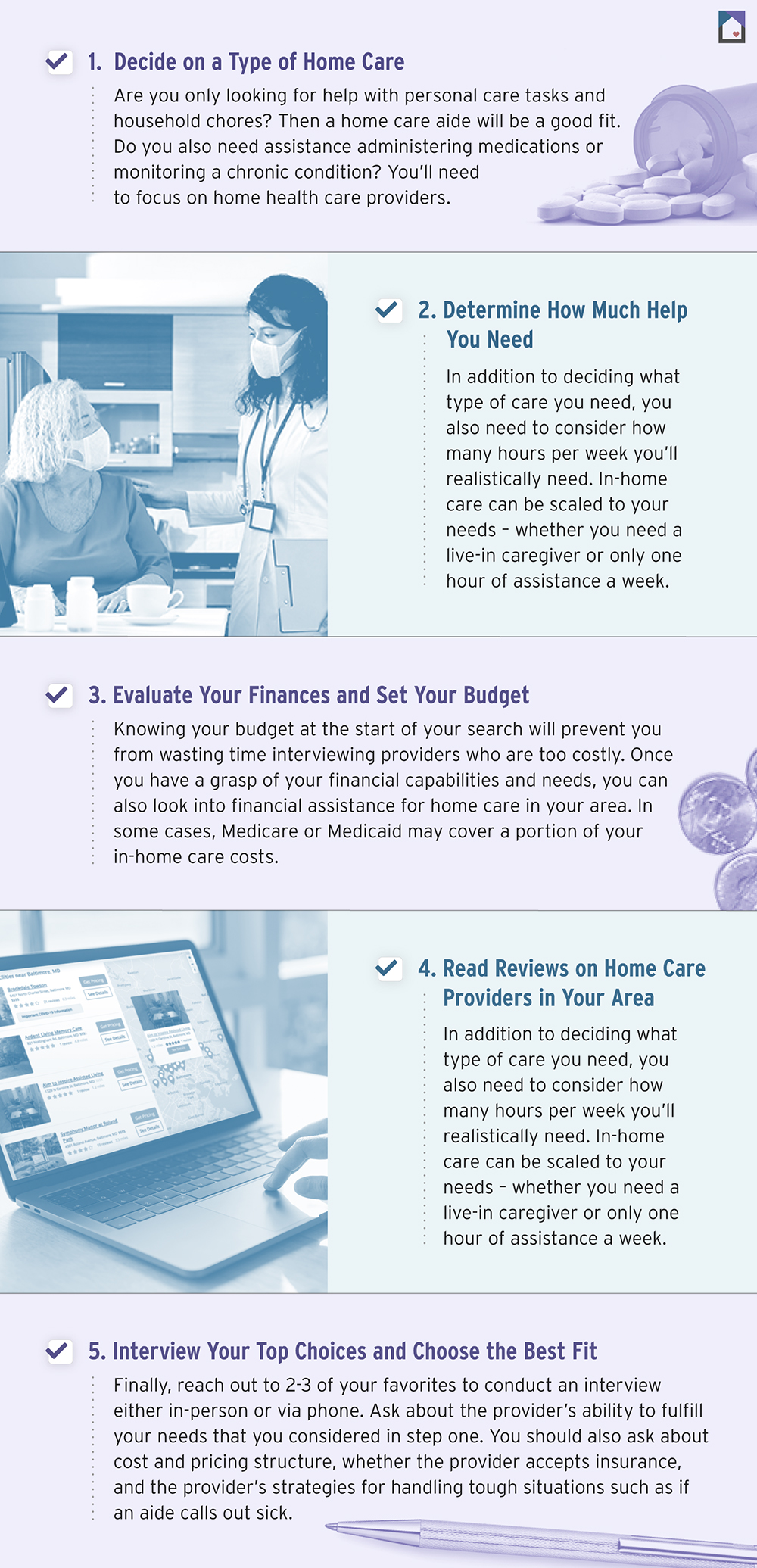The Four Stages of Aging in Place
Geographic Resource Guide to Home Care
Homecare.org is providing Gracefully Greying with guides, resources, and a helping hand in the journey of aging in place. They are an industry-leading research organization dedicated to enhancing the lives of older adults by ensuring that they have access to the tools and resources to remain independent and safe in their own homes. Use this tool Home Care Near Me to look up your state and select cities, and learn about what you should expect to pay for home care, the cost of home care compared to other senior living options, how to find home care in that area, and home care resources nearby.
The Four Stages of Aging in Place
1. Fully Independent at Home
During this stage, seniors are able to fully take care of their own personal care needs and are able to drive themselves to and from shopping and doctor appointments. With the help of simple reminders, they are able to keep track of appointments and medication routines. Seniors in this stage are able to do light yard work and simple home maintenance.
2. Declining Mobility
As seniors age, they are likely to be unable to keep up with large cleaning projects, yard work, and home maintenance tasks. A decline in mobility and energy can necessitate the hiring of a landscaping service, a periodic house cleaning service (such as once or twice a month), and a handyman to help take care of any home maintenance or repairs.
3. Difficulty with Personal Care
As mobility and cognitive functions continue to decline, even more help may be needed. This stage is typically when home care aides are brought in to provide personal care services. Everyone is different, but these services can help with everyday tasks such as cooking, cleaning, bathing, dressing, etc. In this stage, home care aides can also provide transportation to and from doctor appointments and assist with shopping and other errands.
4. Increasing Healthcare Concerns
When you or a loved one has serious health concerns – either from an ongoing disease (like Alzheimer’s) or an injury (such as from a fall) – home healthcare services can provide medical care and disease management services in the comfort of your own home. In addition to the services mentioned in stage 3, additional care is provided such as various types of therapy, injections, and wound care.
Finding a home care provider for yourself or a loved one can be a daunting task, but it doesn’t have to be. Below, we explain the process of how to find a home care provider in 5 simple steps. Use the infographic below to help guide your search for in-home care.

(Image courtesy of HomeCare.org)
GracefullyGreying.com and HomeCare.org are both informational resources to help you assist your aging parent or loved one. While we hope to provide you with useful information and assistance, we do not provide medical advice, diagnosis, or treatment; legal, financial, or professional advice; or specific advice regarding which service providers you should use. Any decisions that you need to make about the care of a loved one should be made after engaging and consulting with a professional licensed service provider based upon your specific needs or conducting your own careful review and investigation.